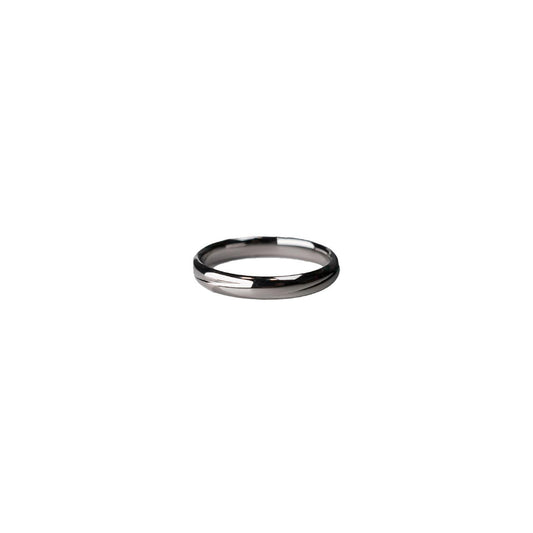The Multifaceted Meaning of Ruby
The Multifaceted Meaning of Ruby
When my grandmother handed me her ruby ring, the first thing that struck me was its radiant gleam—a deep red that seemed to pulse with its own life. But it wasn't just the color that captivated me; it was the story the gem told, a tale of passion, heritage, and ancient significance.
Ruby, revered as the "king of gemstones" in many cultures, holds a position of prestige and power. In Western cultures, particularly in the Victorian era, rubies were seen as symbols of wealth and ardor. They were often set in crowns and cherished heirlooms, like the ring my grandmother gave me. There's something dramatic about how a fiery stone the size of a pea could call forth thoughts of royal lineage and undying love.
Yet, rubies are more than just tokens of affection—they've been admired for their supposed protective qualities. Historically, warriors embedded rubies in their armor, believing the stones would shield them from harm. There's a certain charm in thinking that when I wore my grandmother’s ring during my college finals, the ruby might have been my little guardian against academic disaster. I passed with flying colors, and though I can't credit the gem entirely, it didn’t hurt to have a touch of extraordinary on my finger.
In some cultures, especially in Southeast Asia, rubies are considered harbingers of good fortune and prosperity. This belief has sustained the high market demand, making them a desirable investment. My father once joked about how my grandmother's ring could pay off my student loans. Whether he was serious or humorously conspiratorial, I like to think he believed in the gem’s power too.
The rich folklore surrounding rubies adds layers to their allure. In ancient Sanskrit, the ruby is known as "ratnaraj," which translates to "king of precious stones." This name isn’t merely hyperbolic; it reflects a deep cultural reverence. Such epithets make me imagine a time when people attributed their fortunes, good health, or even their very existence to these precious stones. There's beauty in how these narratives imbue rubies with character, transforming them from mere minerals to storied artifacts.
If you're wondering why rubies are associated with all these grand narratives, consider this: their color—often likened to the heart's blood—evokes life and vigor. It’s not just a stone; it’s a symbol, a talisman, and a piece of history. The next time you look at a ruby, remember it’s not just a pretty face; it’s a gem with a past as colorful as its crimson hues.
As I sit watching the light dance within the facets of my ruby ring, I’m reminded not just of my family legacy but of the universal stories and significances tucked away inside this little red stone. Whether it brings protection, passion, or prosperity, a ruby is far more than it appears at first glance—it's a testament to human history, storytelling, and our endless fascination with beauty.


























